Cabinet Refacing
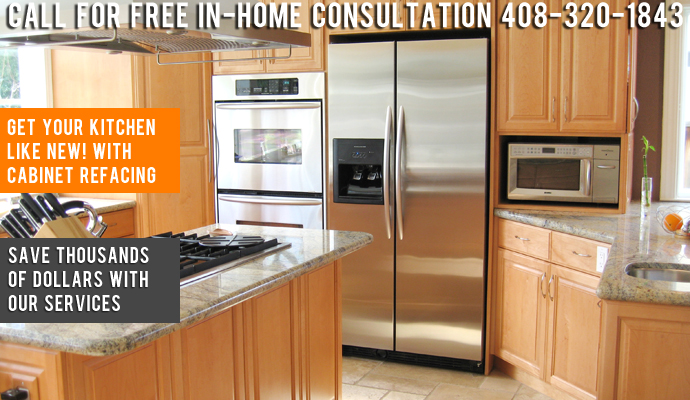
Updating Your Cabinetry without Breaking the Bank
Are you planning to spruce up your kitchen and bathroom to create a whole new look? A smart way to start is to give your cabinets a facelift. Many homeowners’ first impulse would most likely veer towards replacing old cabinets with new ones; however, this may not always be the most practical and affordable solution. Read on and learn about the cost-effective and relatively simple process that can take dingy, old, beat up cabinets and transform them with a hundred percent fresh appearance.
Simply put, cabinet refacing means covering all exposed side surfaces and exterior framework of the cabinets with thin veneer of vinyl, plastic laminate or real wood. It may also involve taking off old cabinet doors and drawer fronts, and installing new ones that are customized according to your own style and choice of hardware; likewise, to complement, if not completely match, the new veneer. The cabinet interiors may also be sanded and repainted/stained, while new hinges, knobs or pulls, and molding can help complete the transformation to a totally new look. All these without removing the cabinet boxes from the walls!
See our cabinet refacing projects made in the Bay Area.
See our cabinet refacing projects made in San Jose.
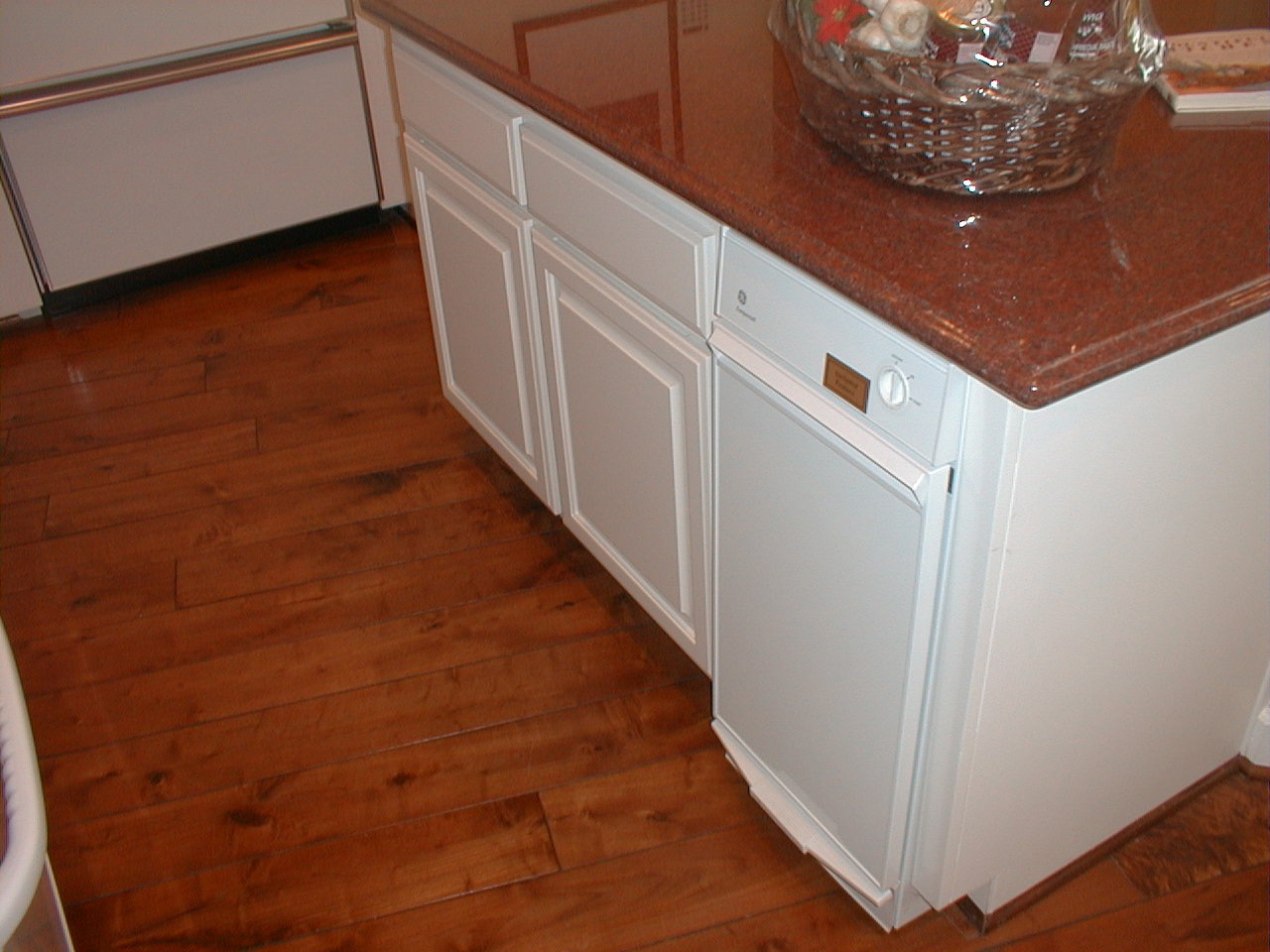
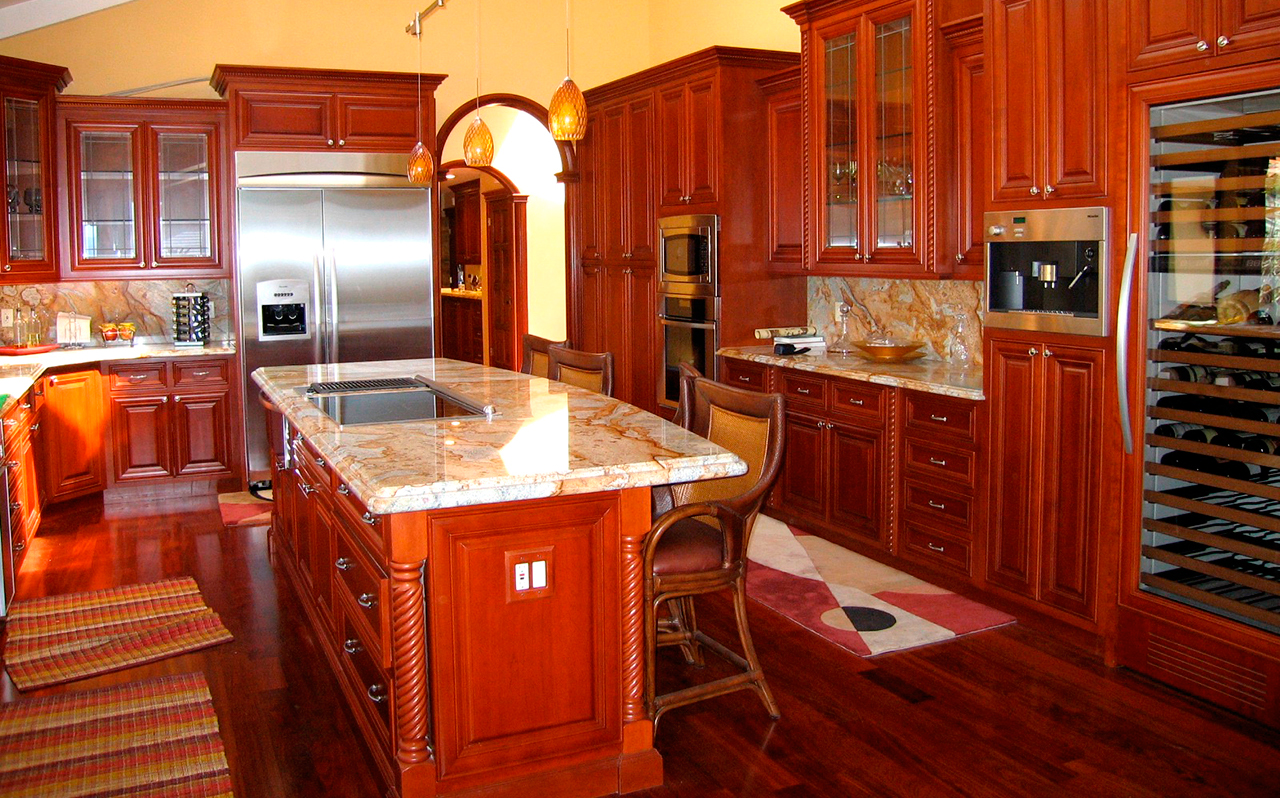
Typical cabinet refacing installation project includes:
- Prepping of cabinet surfaces
- Removal of existing drawer fronts and doors
- Installation and actual refacing of frames, cabinet doors, and drawer fronts
- Thorough clean-up and hauling away of all debris
See Our Exclusive and Affordable Cabinet Refacing Process Step by Step
Cabinet Refacing Options
The great thing about refacing is you have virtually unlimited choices for the finished look of your cabinets. Veneers are readily available in various colors, textures, patterns, and grains that you can mix and match to obtain a low-cost cabinet facelift. There are three popular finish options: rigid thermofoils (RTF), plastic laminates, and real wood veneers.
- Rigid thermofoils/RTFs feature a very malleable vinyl foil; durable plastic coating that is pressure-molded over medium-density fiberboard. These are the more affordable alternative to real wood or plastic laminates. Although RTFs have fewer solid color choices, their wood grains are much more realistic-looking compared to plastic laminates.
Plastic laminates come in an extensive variety of solid colors and wood-grain patterns. They are moisture-resistant and known for durability, but lack RTFs malleability, thus limited to plain cabinet door styles. Although relatively reasonably-priced, plastic laminates are slightly more expensive compared to RTFs.
Cabinet refacing with real wood veneers can cost 10% to 25% more than RTFs and plastic laminates, making them the most expensive choice. However, there’s richness and beauty in wood that you just can’t get with the two other options. Real wood veneers can be done in several standard species, such as maple, oak, cherry, walnut or cherry.
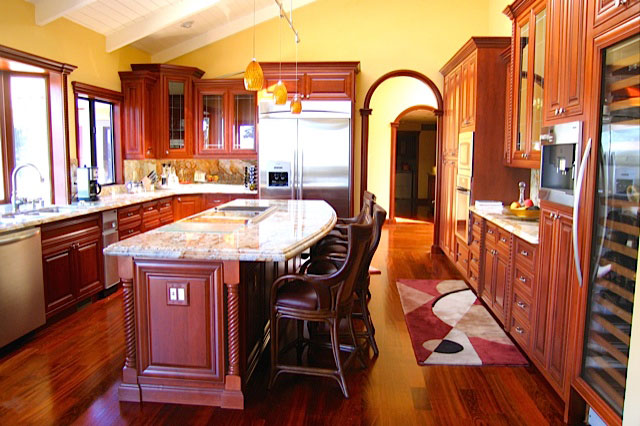
To Reface or To Replace – Things to Consider
There are several factors to consider when making a decision as to whether you should replace or reface your cabinets.
Functionality
If you are like most homeowners, you would probably be more inclined to keep the existing layout of particular spaces of your home (e.g., bathroom and/or kitchen) exactly as it is but with a brand new and updated look. If you wish to maintain the integrity of your present design, refacing your cabinets would be the perfect choice for you. Conversely, if your purpose is to add more storage or extra counter space for more flexible functions, you may be well-advised to go for new cabinets.
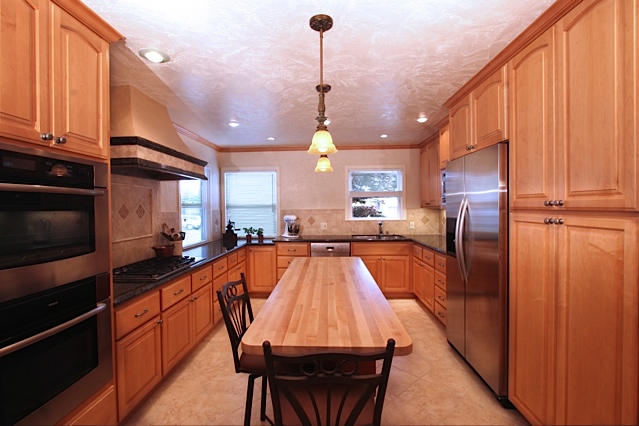
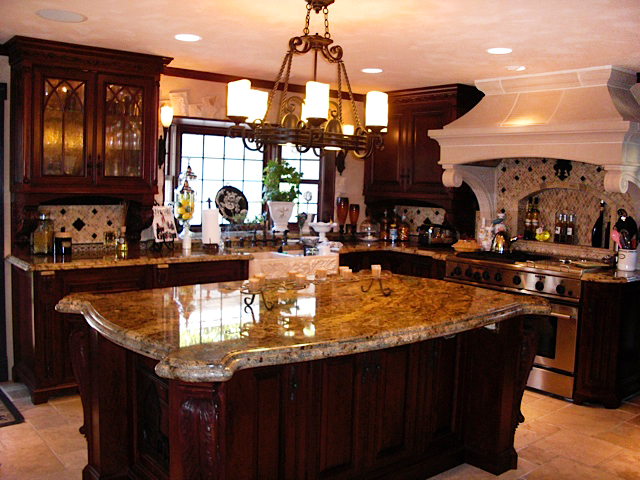
Durability
You may be wondering if your cabinets are sturdy enough to undergo refacing, and this is a very valid consideration. Make sure to inspect the cabinet structure and determine whether they can take the restoration process well enough and get the revitalized result you desire for at least another 10 years of life. If you think that your cabinets are in great shape and the cabinet boxes are structurally sound, then refacing can be a viable option. Experts are of the opinion that older cabinets built before the 1980s were constructed with better materials and are generally deemed to be sturdier and stronger than the present-day modular, prebuilt cabinets. On the other hand, low-quality cabinets or those in bad structural shape with broken frames, warping or water damage may not withstand the refacing process well enough; in which case, replacing them with new cabinets will make more sense and may be worth the additional investment in the long haul. Be candid about your own assessment and if you have any doubts, consult a professional contractor to help determine the viability of refacing.
Budget
Time and funds are of utmost significance. Costs tend to vary widely and you should carefully consider construction period (i.e., how long will the process take, etc.), door and drawer hardware, and quality of materials. Be aware that installing new cabinets is a much more involved project and may take longer than refacing. Either way, your access to or use of the specific renovation areas may be extremely limited during the course of the project. If you’re not concerned about time or funds constraint, however, replacing old cabinets with new ones may well be the best option for you.
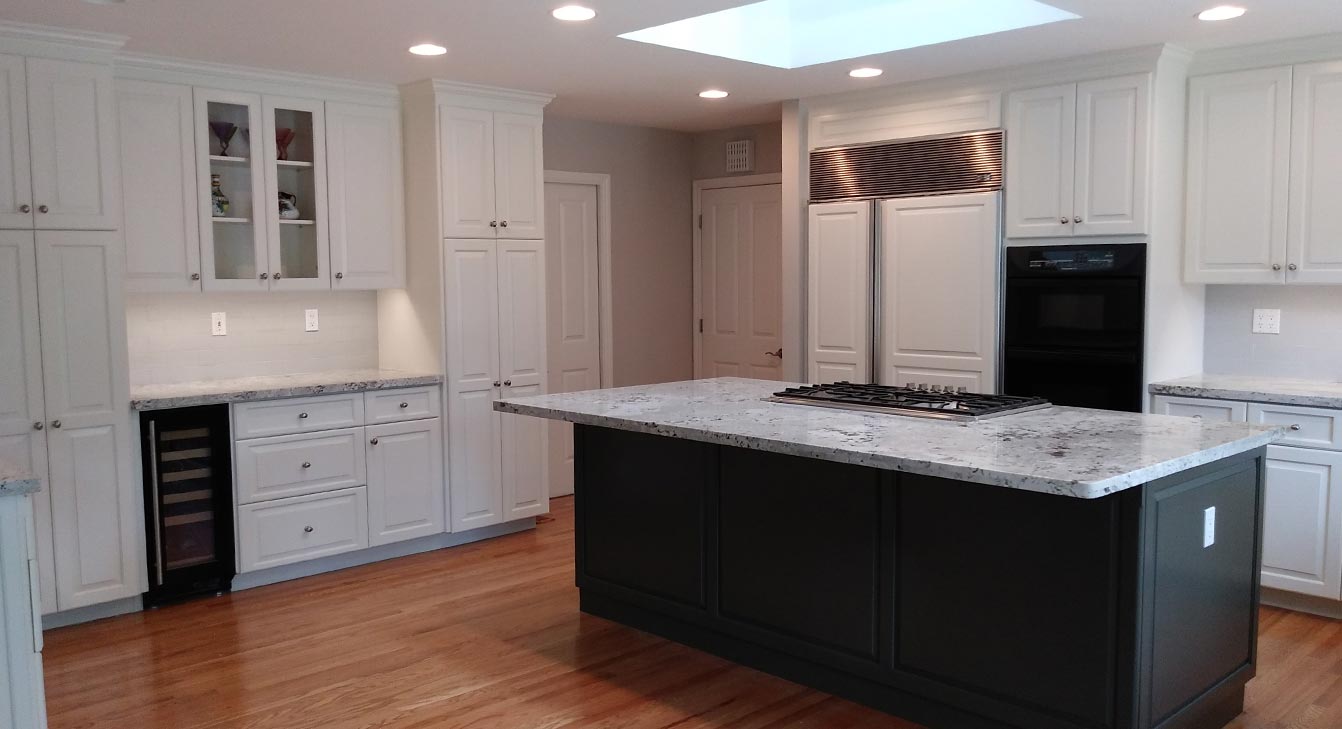
Closet Installation Made Easy
When all factors are considered and viability is established, cabinet refacing holds many irresistible potential advantages that can work in your favor. In many cases, it is a better option compared to tearing your bathroom or kitchen apart and installing new cabinets.
- Costs a lot less than replacing. Refacing can typically save you up to 50% of the cost compared to replacing your old cabinets with new custom cabinetry.
- Quick and Convenient. While it largely depends on the size and extent of refacing to be done as well as the company doing the job, the work itself is a standardized, quick and convenient progression of tasks that can give your cabinets a new look in a fraction of time it would take to replace the entire cabinetry. Because it is much less involved than replacing, it doesn’t cause any major upheaval to your daily routine. The process doesn’t require any removal either of the cabinets or other appliances in the area so the place stays functional even when work is ongoing. Most refacing can be done in 2 to 5 days from the time installation starts; saving you a lot of time, stress and mess.
- Environment-friendly. Since cabinet refacing uses fewer resources, you would be conserving energy and materials (e.g., prevent cutting down more trees to create new cabinets), while simultaneously keeping a lot of waste out of landfills. It’s a much more earth-friendly alternative than replacing.
- Durable solution. Refaced cabinets can absolutely stand the test of time and can last as long as new cabinets. With normal use, it can easily hold up to 20 years. Cabinet refacing actually strengthens the structural integrity of your existing cabinetry for years to come.
Conclusion
Cabinet refacing has become the most practical alternative to replacing old or outdated cabinets. By “recycling” your existing cabinet boxes, you can save time and thousands of money. You can revitalize your kitchen and/or bathroom with fresh cabinets and get a completely new appearance and durability without having to pay the “new cabinetry price tag” or getting yourself too stressed out.
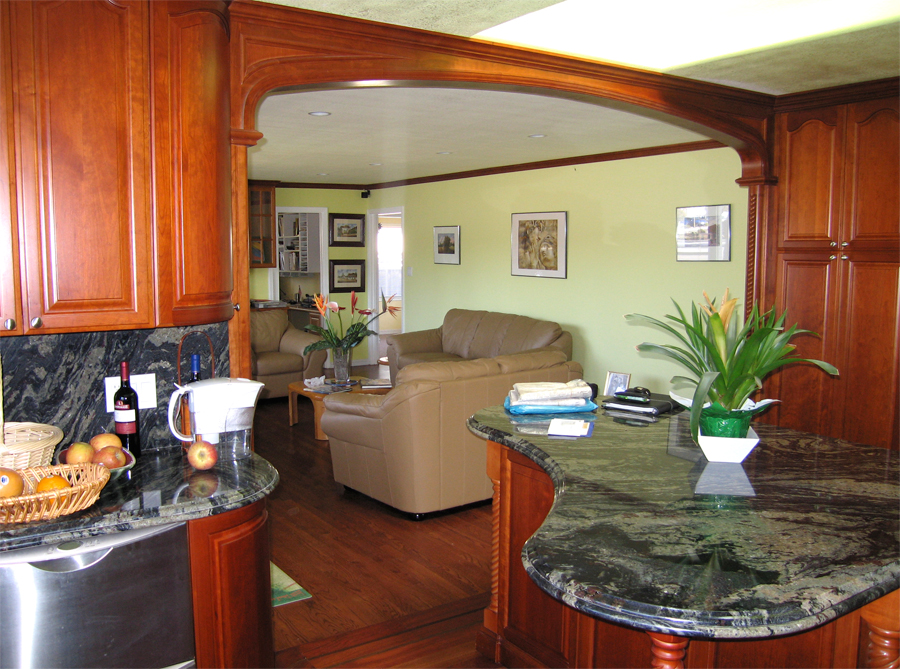
Cabinets Bay Area is a collective of design & build professionals. We offer services in cabinet refacing & custom cabinets for ( kitchen & bath ). Through the combined experience of our designers, contractors, cabinet makers & architects we can bring all the resources of the remodeling & construction trade to your unique project.
CALL NOW FOR FREE CONSULTATION.
